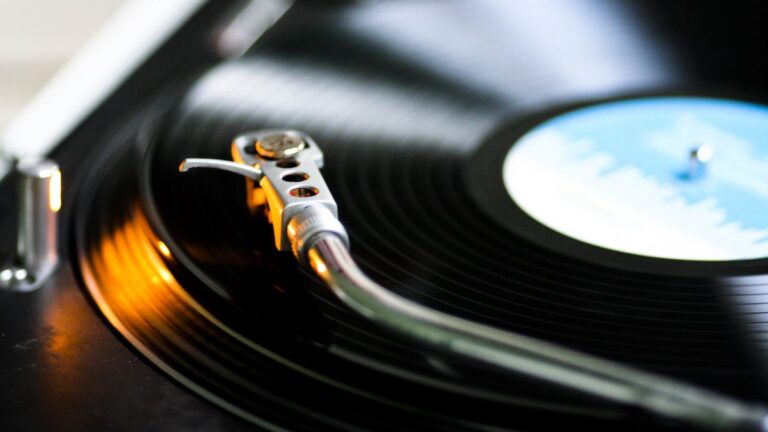Unleashing the Untold Story: How David Coverdale’s Solo Albums Shaped Whitesnake’s Legacy
After fulfilling his contractual duties as the singer of Deep Purple at the Liverpool Empire on March 15, 1976, David Coverdale walked away relieved, but entered a period of limbo. He decamped to Germany to earn a tax break, also declining opportunities to sing with Paice, Ashton & Lord and Uriah Heep. Without a contract, he opted instead to press ahead with plans for a solo album funded by the Deep Purple management.
Coverdale immediately enlisted his “local hero” Micky Moody, a guitarist who he held in high esteem from his pre-Purple days in their native North East. Moody, best known for stints in Juicy Lucy and more recently Snafu, was a celebrated slide blues player worthy of comparison with Little Feat’s Lowell George. He would commute back and forth to Germany to work with Coverdale on arrangements for a clutch of songs that would become Coverdale’s self-titled debut solo album White Snake (two words, originally). A pair of them – opener Lady and the brooding Time On My Side – were originally conceived for the never-made follow-up to Purple’s final album before their split, Come Taste The Band.
Backing tracks were recorded at sessions produced by Roger Glover – another ex-ex-Purple man – over 15 days at Kingsway Recorders (ironically, once owned by Ian Gillan!) in London in August 1976. Moody played all the guitars and directed an all-star muso band. Keyboards were by Tim Hinckley (a respected session man who had appeared on a Snafu album as well as records by Alvin Lee and Humble Pie) and Glover, bass was by veteran DeLisle Harper, and Simon Phillips played drums. Saxophones were played by the brilliant Ron Aspery. As a tax exile, Coverdale couldn’t work in England and so added his vocals at Musicland Studios in Munich during just five days at the end of the month, Glover doing the final mix during the first week of September.
Surprisingly, then, the resultant album sounds remarkably “live” – like a good-time Little Feat-like party rock album. Typified by Goldie’s Place – a lazy bar-room style, a bit of brass and ace backing vocals from Liza Strike, Helen Chapelle and Barry St John. Blindman (re-recorded for 1980’s Ready An’ Willing) was a fine song and Peace Lovin’ Man would have sat comfortably on any Frankie Miller or Joe Cocker album.
White Snake’s release was low key and poorly organised. It came out on February 22, 1977 – initially on Polydor/Oyster, like the first Rainbow album – but then on Purple Records in May. In between, copies were imported on the French label Vogue. The chosen single, the beautifully sung piano-led ballad Hole In The Sky, came out at the same time but stiffed. By then, though, Coverdale’s thoughts had already turned to his second album, completed a month earlier.
Although made in similar circumstances. Northwinds was a more rounded and mature-sounding record than its predecessor . The instrumental backing was recorded at Air London from March 21 to April 6, after which Coverdale recorded his vocals in Musicland from April 10-19. Glover again was the producer, while Moody and Hinkley returned also. This time, though, bass and drums were played by Alan Spenner (a Joe Cocker sideman) and Tony Newman (part of Bowie’s Diamond Dogs band) respectively.
Although Dr Feelgood’s Lee Brilleaux adds harmonica to the Tommy-Bolin-funky Keep On Giving Me Love, and Ronnie and Wendy Dio are among those singing backing vocals on the boozy Give Me Kindness, the most valuable player among the supporting cast is arguably Graham Preskett, who once arranged Gerry Rafferty’s Baker Street. Preskett’s violin adds a touch of class throughout and turns one of the album’s best tracks, Time And Again – otherwise featuring only a Coverdale vocal and Hinkley’s electric piano – into a masterpiece.
The Free-like Queen Of Hearts is great, too, but the very best numbers – two that stand comparison with anything DC has done – are Only My Soul and Breakdown. The former is a heart-wrenching lament (“Broken dreams lay all around me, sad-eyed children of despair, whispered voices in the distance, Call me on to who knows where…”). The song is a stunner that builds to a lung-busting finale that only a singer as good as he could carry. Breakdown, meanwhile, is a prototype Whitesnake boogie that tells of Coverdale’s feelings when encouraged to stay while Deep Purple limped to their ignominious collapse: “Shot you full of rock’n’roll, couldn’t make your soul, didn’t burn you to the bone… Do what the man says, take the money and run.”
Although he was only 25 when he made Northwinds, Coverdale had clearly grown up fast during his three-year tenure with Purple. He put his heart and soul into this album, more so than the first, which he later described as “reflective and low-key”. Promoting his second album he told Sounds’ Pete Makowski: “I have to prove that I’m capable of doing it, and I wasn’t just being done a favour by Purple.” Prove it he had. Coverdale’s future bands would rock harder, but he’d rarely sing better.
Released on Purple Records in March 1978, Northwinds was instantly granted a much higher profile than its predecessor. It didn’t chart but Coverdale was poised to come out of the shadows. To promote it he put together a touring band – himself and Micky Moody plus a second guitarist Bernie Marsden (ex-Babe Ruth and PAL), bassist Neil Murray (ex-Colosseum II) on bass and drummer Dave ‘Duck’ Dowell (ex-Streetwalkers).
That line-up reintroduced Coverdale to a live audience at Lincoln Technical College on March 3, 1978, the first night of a scheduled 17-date tour billed on initial ads simply as David Coverdale then, hastily, David Coverdale’s Whitesnake. A month after that came the four-song Snakebite EP. Coverdale had broken free of his Deep Purple past. Whitesnake were coiled and ready to strike.





